Significant Gains in Counting and One-to-One Correspondence for Pre-K
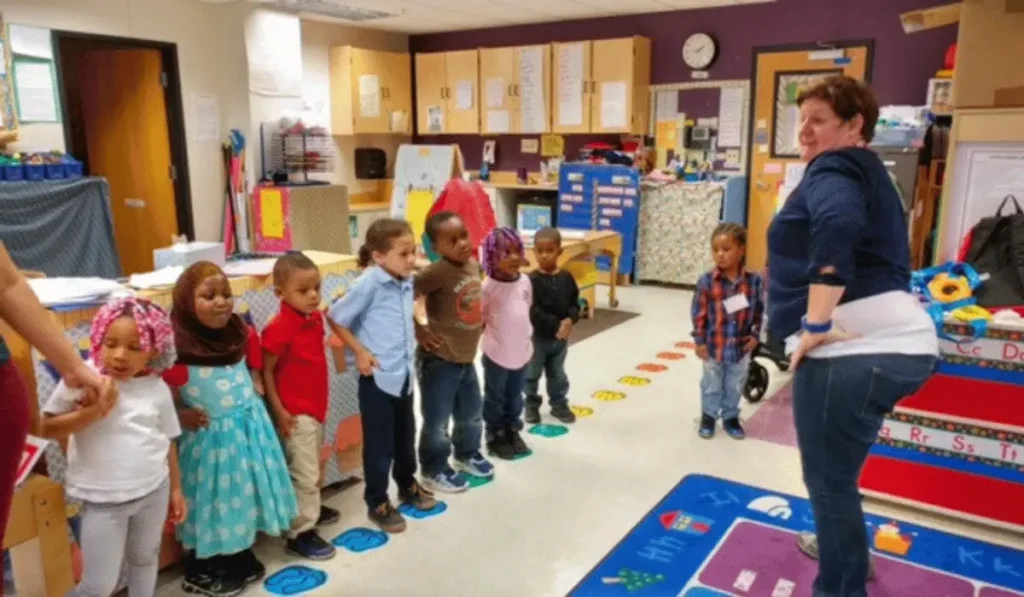
This math intervention helped Pre-K students master counting to 20 and one-to-one correspondence with movement-based learning.

This math intervention helped Pre-K students master counting to 20 and one-to-one correspondence with movement-based learning.
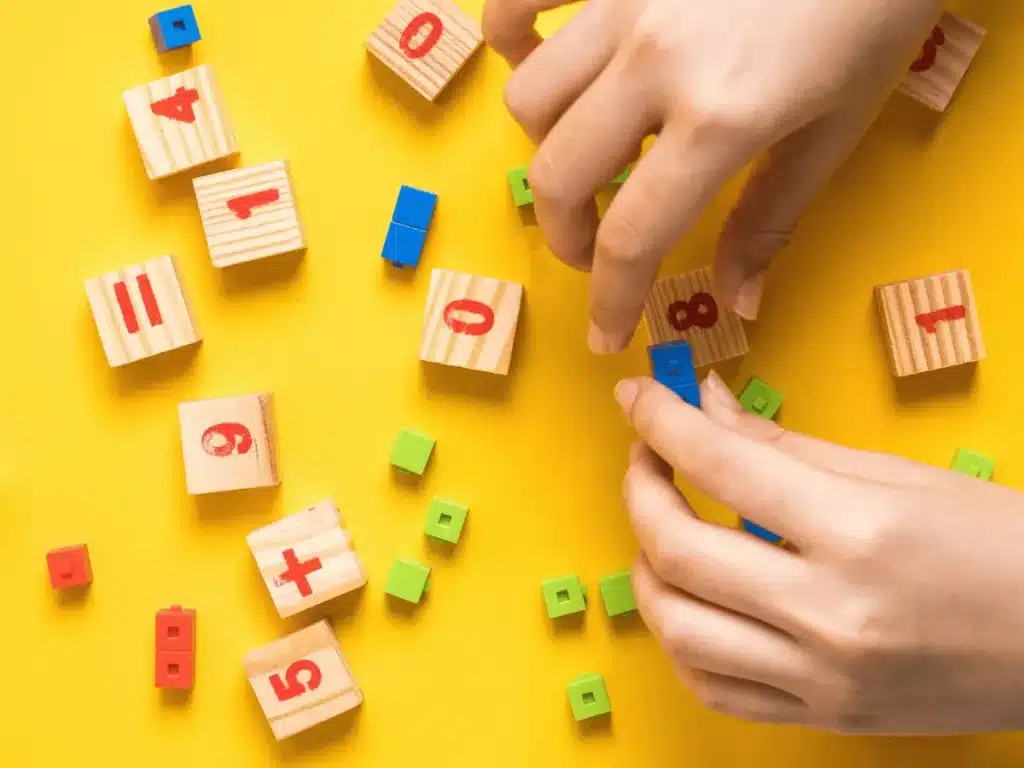
Tactile learning strategies make education interactive and engaging for your students. Discover physical learning activities you can add to your classroom teaching methods.

Create an after-school program that provides public school enrichment activities, academic support initiatives, and education gap solutions.
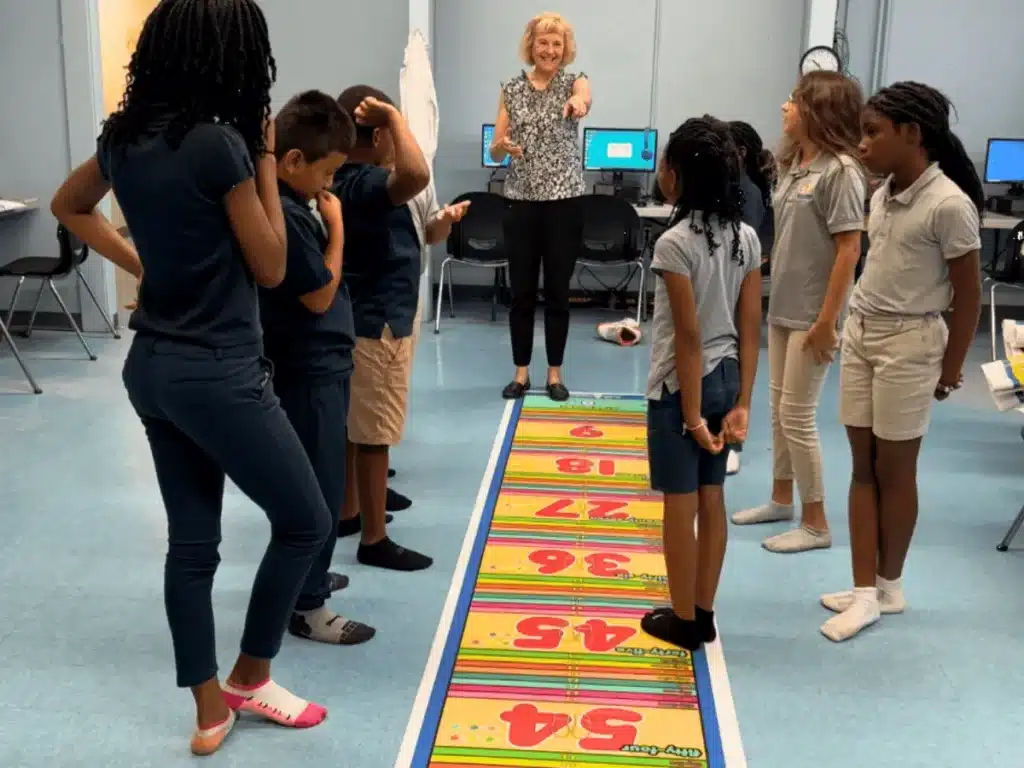
Learn how kinesthetic teaching strategies benefit students.

Find out how and why kinesthetic strategies work to increase student engagement. Plus, we’re sharing movement-based math activities for your students!

Students’ self-efficacy and self-confidence toward multiplication significantly increased after participating in kinesthetic strategies.
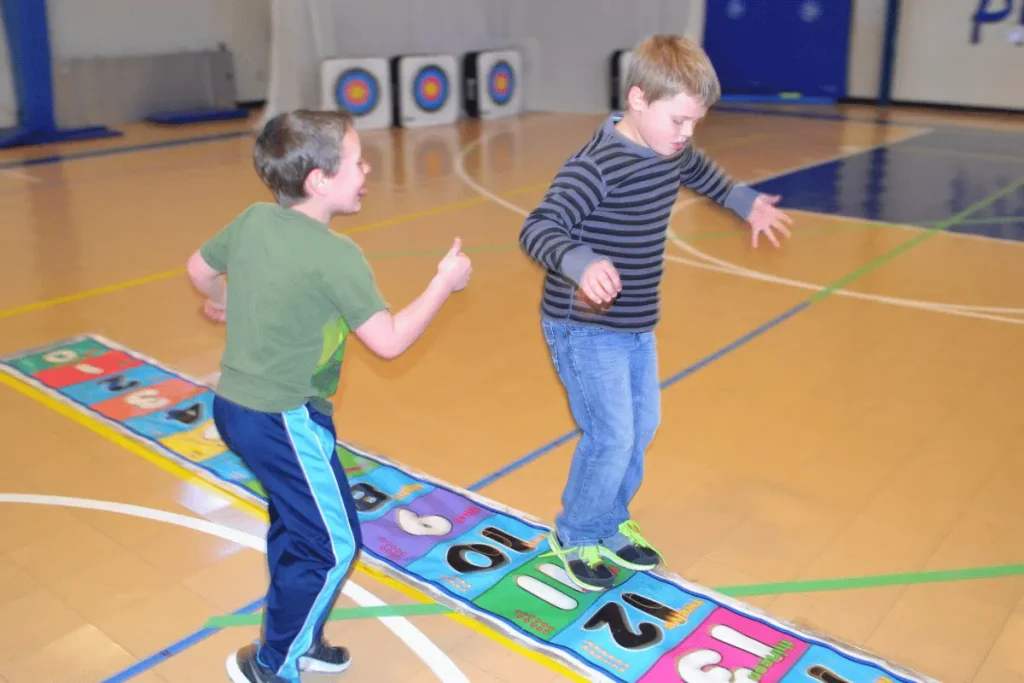
Download Case Study Davidson K-8 School Public Elementary School Charlotte-Mecklenburg School District Davidson, NC Kindergarten through Third Grade Classrooms School-Wide Study End-of-Year Measure of Academic Progress Scores Program Evaluation Tools Spring 2017 Final Program Report Study Focus: Closing Achievement Gaps with Movement-Based Math Tools Davidson K-8 School had a diverse population of over 700 students. […]
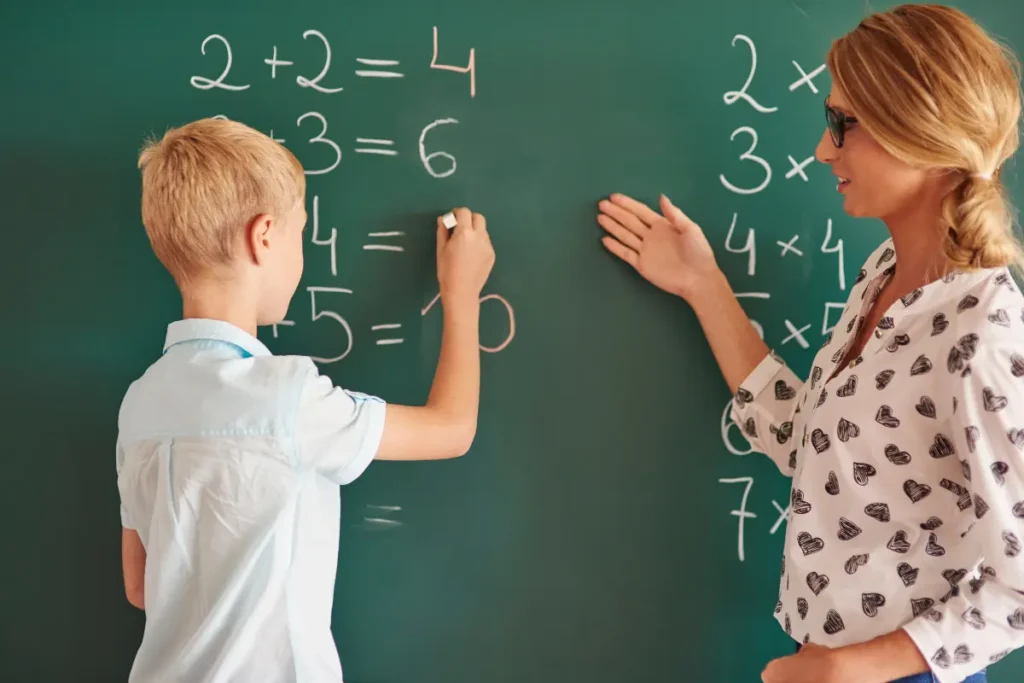
Learn essential math intervention strategies to bridge the math gap in your classroom and support struggling students effectively.
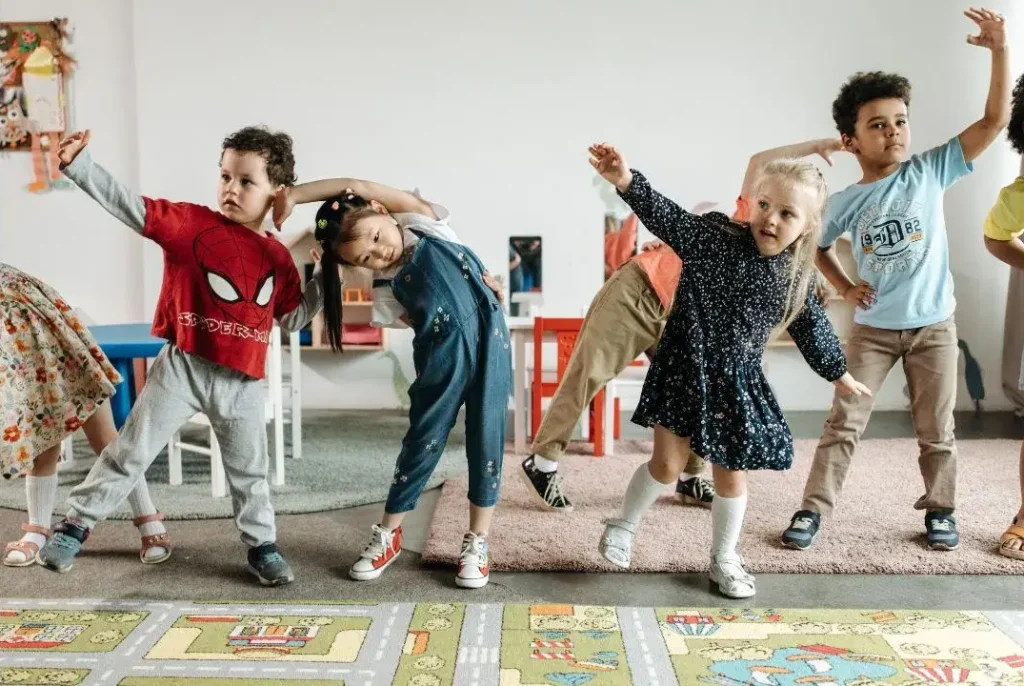
Brain breaks are beneficial for young students, especially when they include movement.
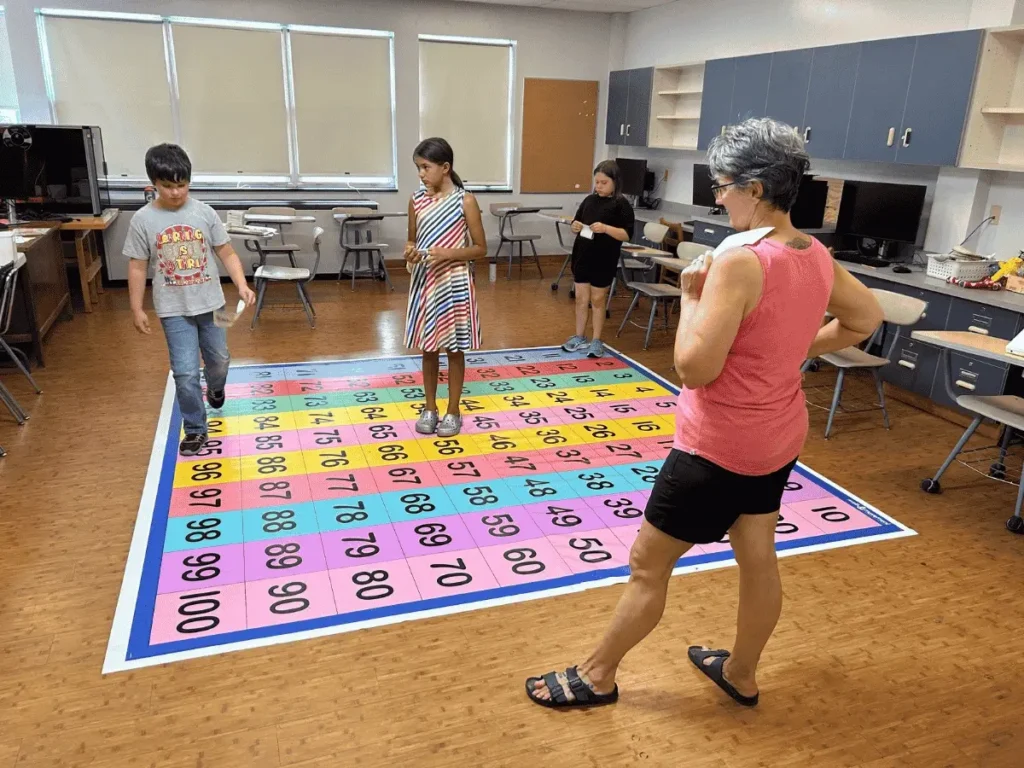
Learn how to start building a thinking classroom that considers Peter Lijedahl’s research and movement-based learning strategies.